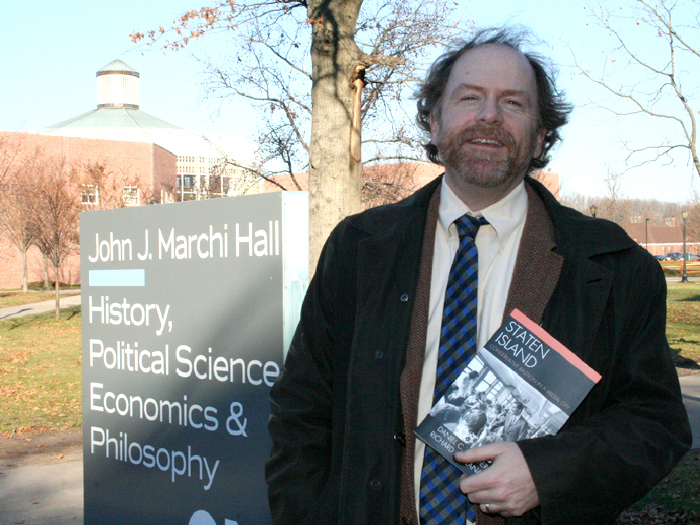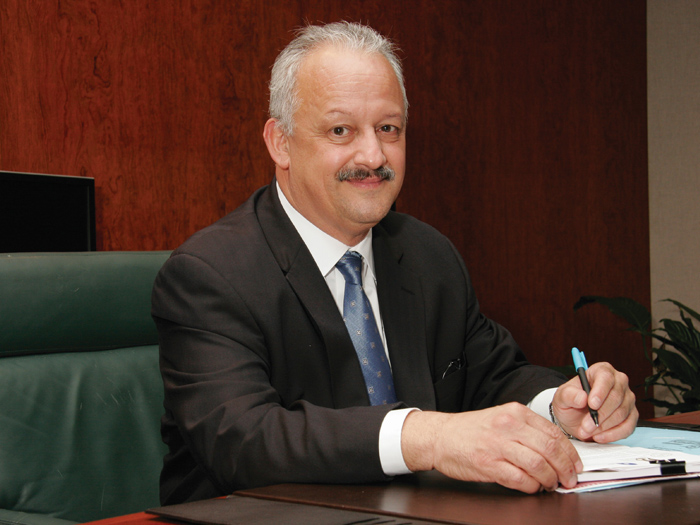The latest crop of new faulty at the College of Staten Island recently participated in a two-day comprehensive orientation, presented by College administrators, current faculty members, and staff, in an effort to acquaint them with all that CSI has to offer.
Meet the new faculty members and read their bios.
Recognizing the exceptional credentials of these new faculty members, Provost and Senior Vice President for Academic Affairs, Dr. William Fritz commented, “It is with pleasure that the College of Staten Island welcomes these exemplary researchers and scholars its world-class faculty. Their talents will, no doubt, have a positive impact on our College, our University, and our community.”
Over the course of the orientation, new faculty learned about scholarly and administrative resources at their disposal, and they also listened to talks from Dr. Fritz on “Increasing Scholarship, National Recognition, and Student Success,” and Associate Provost for Institutional Effectiveness Dr. Susan Holak on “Perspectives on the Class of 2015: Teaching at CSI.” Other sessions covered crucial information, such as understanding CUNY, faculty governance, the Professional Staff Congress, and a review of College policies and health benefits.
The orientation also provided an opportunity to introduce the new faculty members to the brand new Faculty Center for Professional Development, just a few days before the official ribbon-cutting ceremony for the facility.
Dr. Holak noted that the orientation changes each year to fit the needs of incoming faculty, “We continue to modify the New Faculty Orientation program to incorporate changes at the College and the dynamism of the higher education landscape. We took a new approach to designing the afternoon of the first day that was met with very positive feedback. Our new colleagues enjoyed the opportunity to converse in the comfortable setting of the new Faculty Center for Professional Development with veteran faculty, who spoke about College governance, their careers at the institution, and their own approaches to and experiences teaching.”
Although New Faculty Orientation contains a year-to-year dynamism, Dr. Holak added that there is one piece of sage advice that veteran faculty members consistently share with the incoming faculty and that is “ to get involved, try new things, and attend meetings of various committees to learn about the organization and see where one’s interests might be.”















